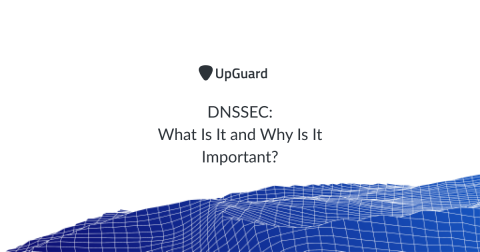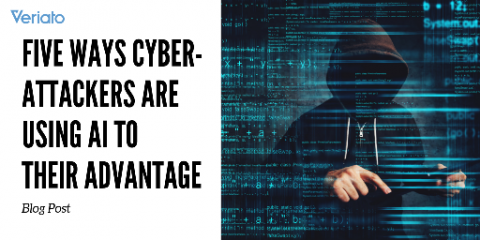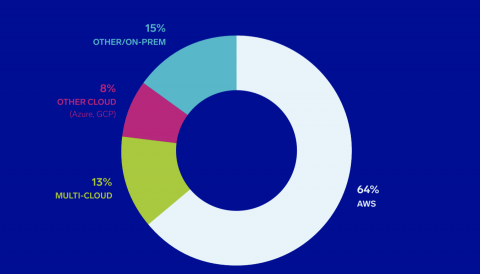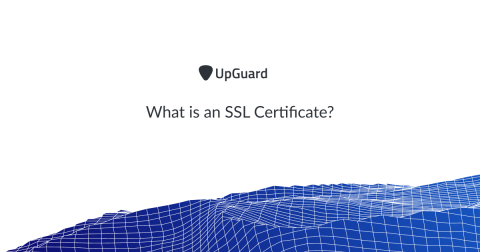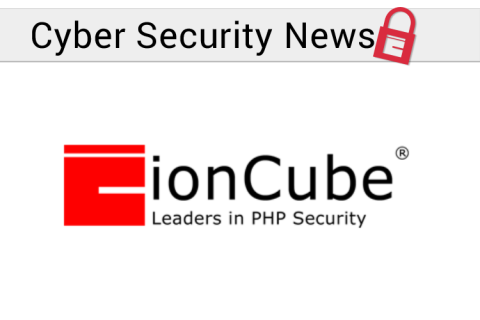DNSSEC: What Is It and Why Is It Important?
The Domain Name System Security Extensions (DNSSEC or DNS Security Extensions) is a set of Internet Engineering Task Force (IETF) specifications for securing certain kinds of information provided by the Domain Name System (DNS) as used on Internet Protocol (IP) networks. DNSSEC provides DNS resolvers origin authentication of DNS data, authenticated denial of existence and data integrity but not availability or confidentiality.


